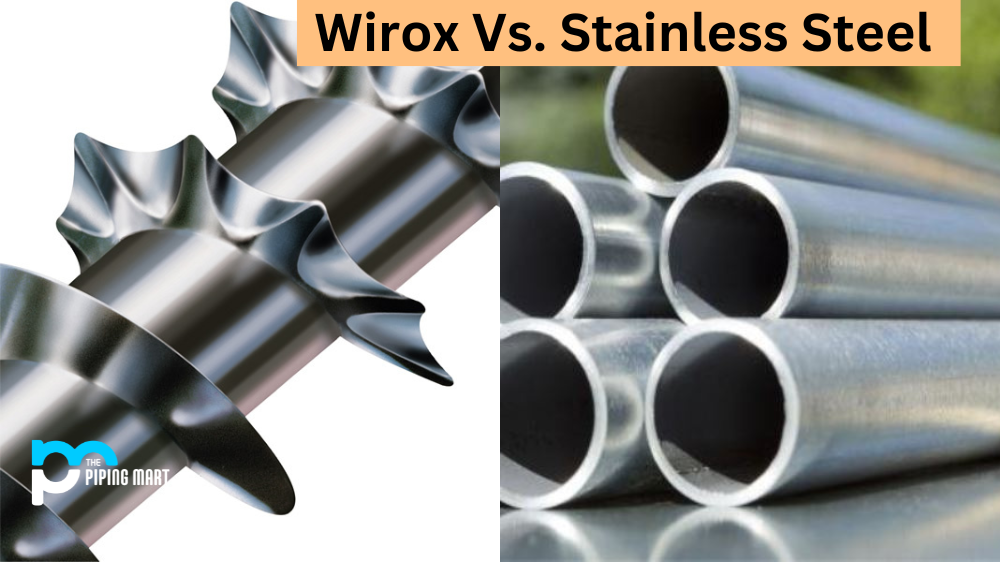When it comes to choosing a material for your project, two of the most popular options are wirox and stainless steel. Both materials have their own unique properties and advantages, but which one should you choose for your project? In this blog post, we’ll compare these two materials and discuss why one might be better suited for certain applications than the other.
Wirox
Wirox is an alloy composed of iron, nickel, and chromium. It has high corrosion resistance and is incredibly strong compared to other metals like aluminium or copper. The strength of wirox makes it ideal for use in industrial machinery, automotive components, and aerospace applications. Wirox also has excellent heat resistance, making it suitable for use in high-temperature environments where other metals would fail.
Stainless steel
Stainless steel is an alloy composed of iron, chromium, nickel, and molybdenum. Like wirox, stainless steel is highly resistant to corrosion and has excellent heat resistance as well. However, stainless steel also has some additional advantages over wirox that make it better suited for certain applications. For instance, stainless steel can be polished to a mirror finish which makes it ideal for decorative purposes such as furniture or kitchenware. Additionally, stainless steel is non-magnetic, which means it won’t attract dust or dirt like wirox does—making it perfect for medical instruments or food preparation surfaces where hygiene is critical
Difference Between Wirox and Stainless Steel
- Wirox is more durable than stainless steel.
- Wirox is less likely to corrode than stainless steel.
- Wirox is more heat resistant than stainless steel.
- Wirox is more scratch resistant than stainless steel.
- Wirox is more stain resistant than stainless steel.
Conclusion:
When deciding between wirox and stainless steel for your project, there are a few things to consider, such as the application requirements (corrosion resistance/heat resistance/etc.), the desired aesthetic (polished vs unpolished), and even the cost if budgeting is an issue. Ultimately both materials offer great performance characteristics, so you just need to decide which material best suits your application! With that being said, hopefully, this blog post has given you enough information to make an informed decision when choosing between these two popular materials. Good luck!
Meet Heer, a dynamic and driven writer learning tricks of her trade in the metal industry. With a background in Digital Marketing, Heer brings a unique perspective to her writing, sharing valuable insights. Apart from blogging she like reading and hiking.




